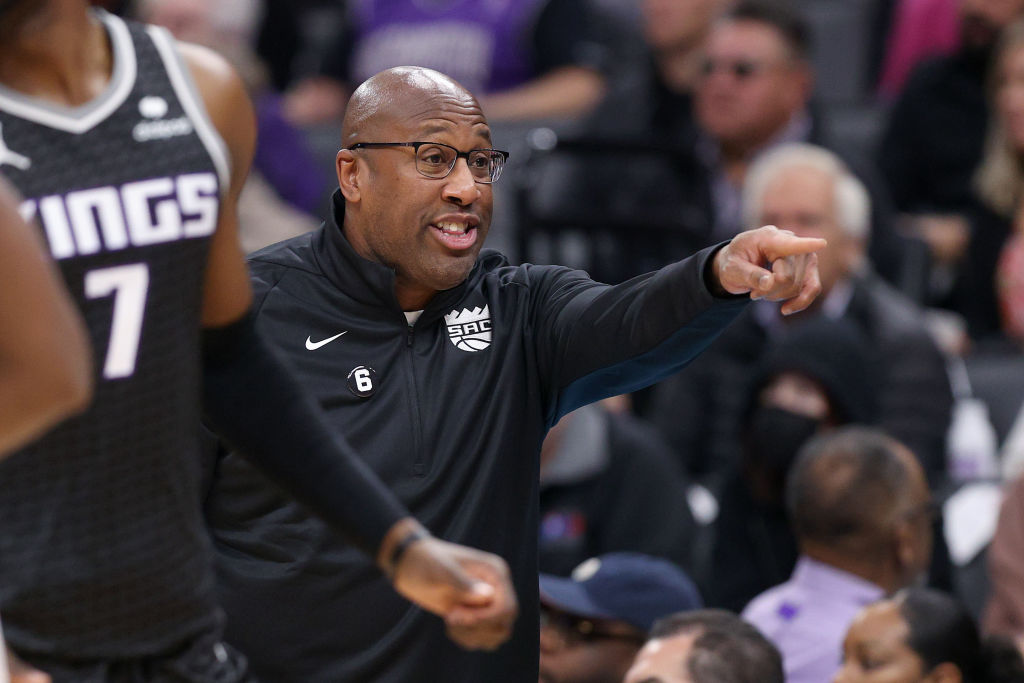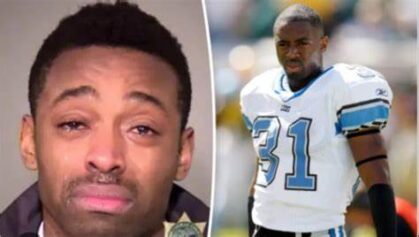This weekend’s rash of deaths involving unarmed African American men by the hands of police officers continues the ongoing dilemma of what to do when unarmed black men are slaughtered in the streets by legal law enforcement.
Case #1
On Saturday, 18-year-old Michael Brown was shot dead by police in Ferguson, MO. His body reportedly was left in the street for hours before being removed. The official police report notes that a struggle between Brown and the officer occurred inside a patrol car where one shot was fired. Yet witnesses say Brown was shot 35 feet away from the vehicle, ten times, with his hands in the air. A peaceful non-violent protest of what police estimate as thousands of people took to the streets chanting and bearing signs. Met by riot cops and K9 units, the protest turned violent as rioters shattered windows and looted local businesses. Schools in the St. Louis area were closed as a result of the drama. The FBI is investigating the case.
Case #2
Sunday, 22-year-old African American male John Crawford of Beavercreek, Ohio was shot by police while holding a toy gun in Walmart. John Crawford had just purchased the toy gun, but made the mistake of “startling” two customers, April and Ronald Ritchie, who called the police. He was on the phone with the mother of his children, LeeCee Johnson, when she reportedly heard Crawford say, “It’s not real,” to approaching officers. Johnson then heard gunshots and officers yell, “Get on the ground!” Crawford died of his wounds at a nearby hospital. And the Montgomery County coroner’s office ruled the shooting a homicide.
Related: Eric Garner, Radio Raheem and the Epidemic of Police Brutality
Case #3
The aftermath of the chokehold death of 43-year-old Staten Island, NY native Eric Garner by NYPD Officer Daniel Pantaleo and an EMT worker who asked the unconscious Garner questions instead of administering first aid, has NYC on edge. Ruled a homicide by the NY coroner’s office, community activists warned against civil unrest and rioting. Activist Rev. Al Sharpton, a long proponent of non-violent protest, announced as early as July 26 that he was planning a march across Staten Island’s Verrazano-Narrows Bridge. His “March for Justice for Victims of Police Brutality” was intended to put pressure on local and federal authorities to bring charges against Officer Pantaleo. NYPD commissioner Bill Bratton passed the buck on signing off on the protest to the MTA. But the MTA says they only shut down the bridge twice a year for the New York Marathon and the Five Boro Bike Tour. Staten Island officials are applying pressure on NY Mayor Bill De Blasio to cancel the protest all together. But a compromise was made and protestors will instead join a “justice caravan” of buses and cars that will ride across the bridge on August 23.
August 23? Nearly two weeks away? When did protestors ever ask for permission to march and speak out? Is not the very goal of a protest to bring light to a particular situation?
The Garner protest is a wack compromise. But when activists are in bed with the mayor’s office this is the result. Yet the Mayor of NYC – whose teenage son is half black – remains coy saying he’s simply trying to bring the police and community together and not make it a political issue.
But everything is politics. Just as this summer seems to be open season on black men from Missouri, to Ohio, and New York. Nowhere is safe for brothers.
But this is nothing new. For decades, African Americans have believed that the system sees a Black life as nothing of importance. In the incidents of Brown, Crawford, and Garner, the police departments claim proper police protocol was used. Yet, two of the incidents have been ruled homicides. And history shows that the likelihood of an officer serving time for killing an unarmed Black man is infinitely small.
The irony of all of this is the timing. August 11, 1965 marks the 49th anniversary of the Los Angeles Watts Riots that were sparked by anger over police brutality toward a black man and his mother. Nearly 50 years later, these same sad circumstances remain a historical blemish that is still prevalent today, with fingers and pistols pointing to an issue that still hasn’t been resolved and likely won’t be for years to come.



